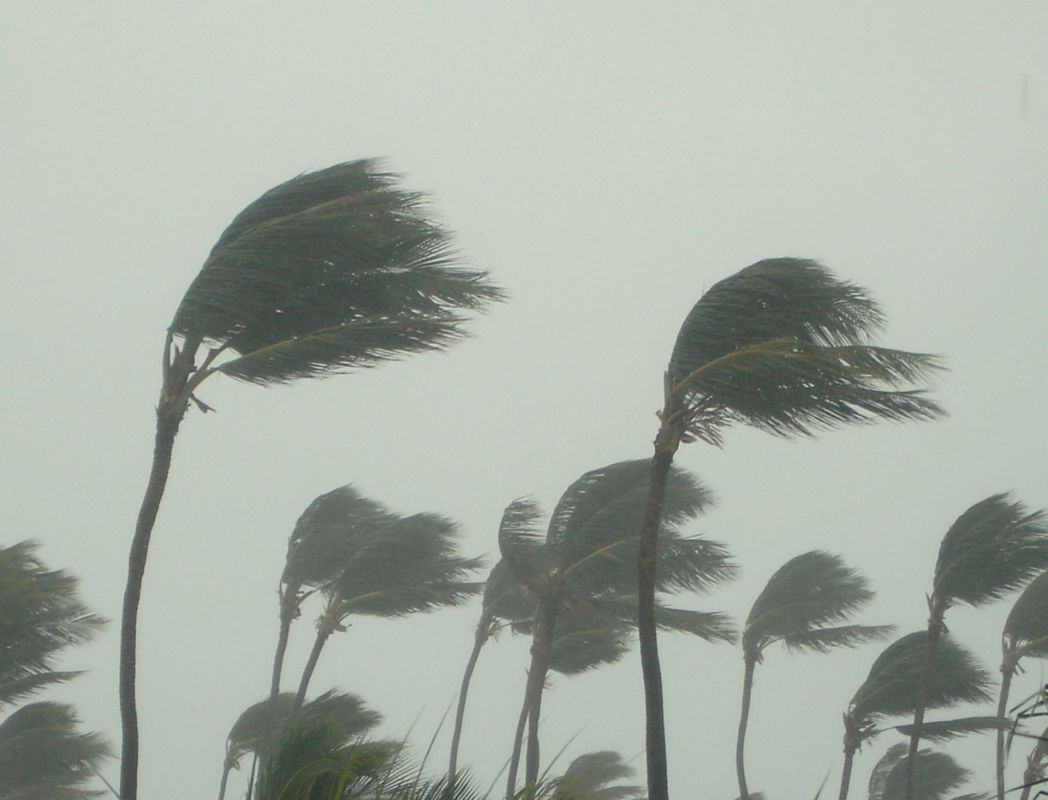Recent research from scientists at the University of California's Scripps Institution of Oceanography has discovered that hurricanes and typhoons have massive impacts underwater, sometimes thousands of miles from where the storms occur.
What happened?
A group of researchers studied water movement in the Philippine Sea, finding that tropical storms warm the ocean by pushing warm water below the surface and bringing cooler water to the top, where it is warmed by sunlight.
The researchers also found that the warmer water remained for at least three weeks after the storm subsided and that some of the heater water made it as far as the Ecuadorian and Californian coasts thousands of miles away, according to Phys.org.
Why is this discovery concerning?
Hurricanes, typhoons, and cyclones — often referred to collectively as tropical cyclones — are destructive tropical storms caused by the combination of several factors, including warm ocean water, low vertical wind shear, and an abundance of moisture in the air, NASA explains.
Though the frequency of these tropical cyclones isn't necessarily increasing, our changing climate ensures that they're becoming more damaging when they occur, as rising ocean levels mean that flooding is more destructive, and warmer oceans lead to more intense, powerful winds, according to NASA.
The researchers' findings suggest that warm water caused by tropical cyclones could impact local weather patterns, further exacerbating the perils of the overheating of our planet, according to Phys.org.
What's being done to prevent hurricanes and typhoons?
The intensity and duration of hurricanes and typhoons have increased due to shifting climate patterns around the world.
We can reduce tropical storms' destructive power by limiting the amount of gas pollution we generate to help combat the overheating of our planet. Since rising temperatures make these storms stronger, we must do what we can to mitigate those temperatures.
The most impactful way to accomplish this is by switching our primary power sources from dirty energy sources like gas, coal, and oil, which release this planet-overheating gas pollution when burned for energy, to clean, abundant energy sources like solar and wind power.
Some scientists are also researching geoengineering as a possible solution, according to National Geographic. For example, the process of marine cloud brightening would infuse clouds with sea salt, which would make the clouds reflect more sunlight and subsequently cool the ocean below them. Other ideas to cool our oceans include pumping bubbles into the water to make it more reflective and stirring colder water up to the surface, according to National Geographic.
Join our free newsletter for cool news and cool tips that make it easy to help yourself while helping the planet.









